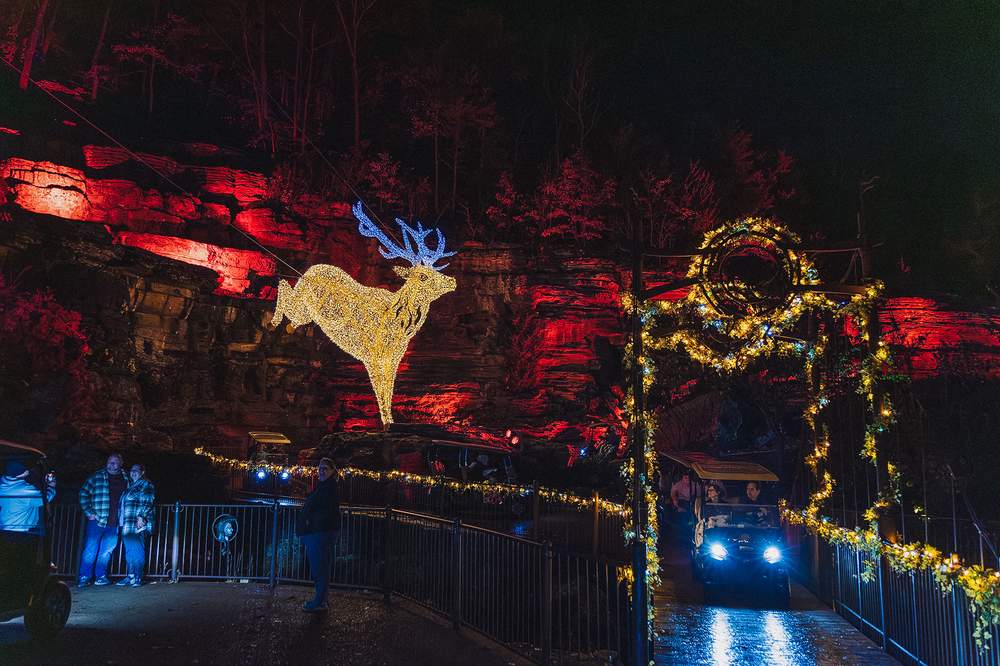Aloha, Cowboy! Maui is home to Hawaiian paniolos (cowboys) and also a blended whiskey made with fermented pineapples.
In the middle of a Maui Gold pineapple field on the fertile flanks of the Haleakalá volcano, planted rows of the king of fruit stretch to the horizon. As far as the eye can see, plump yellow pineapple bodies with spiky green crowns sit on thrones of sharp, sworded leaves.
The pineapple industry used to rule Hawaii’s economy, but nowadays, this sweet variety stays on the island and is eaten by residents and tourists, or turned into spirits at nearby Hali’imaile Distilling Company.
“Pineapples less than two pounds go to the distillery where they make a mash before putting it into a strip still and then into a glass still,” explains Maui Pineapple Tour guide Mo Shapera, gesturing toward a small, ripe pineapple, the obvious runt of the field. “Then they make vodka, gin, and whiskey.”
On Maui, evidently, when nature gives you pineapples, you make booze. And when cowboys are in the mix, you add pineapple distillate to bourbon to create a blended whiskey. That’s the idea behind Paniolo, a whiskey that drinks like it's from Japan, but with a Hawaiian flair.

It was important to Hali’imaile’s original distiller, Mark Nigbur, to create a whiskey since the distillery is located in the heart of the island’s ranchlands. It’s just down the road from Makawao, a town with an American West vibe that hosts the Makawao Stampede rodeo every year on the 4th of July.
“This is cowboy country up here, and it’s a big deal,” says Dan Eliason, who leads me on a distillery tour right after I’ve had my fill of pineapple. “Mark became enamored with the idea of doing a whiskey and honoring that paniolo culture.”
Not everyone who visits Maui is aware of its cowboy legacy, so the previous day I had saddled up with Liloa Botehelo, a fifth-generation cowboy who leads trail rides at Ironwood Ranch, to find out more about Hawaiian cowboy whiskey. As we rode past ironwood trees, cinnamon plants, and overgrown fields that used to grow pineapples, Botehelo shared the story.
In the late 1700s, sailors brought cattle to the Hawaiian islands as a gift for King Kamehameha I. He declared the animals “kapu,” which meant they couldn’t be slaughtered. They soon became a problem, however, roaming wild and damaging homesteads. By the mid-1800s, King Kamehameha III had had enough. He brought in cowboys from Mexico and South America to teach his people how to ride horses, wrangle cattle, and turn the livestock issue into a ranching industry. (Since there’s no letter “s” in the Hawaiian language, those Latino “Espaniolos” became known as paniolos.) “The Hawaiians just took to it,” said Botehelo.
They adopted cowboy culture and made it their own, much like they embraced pineapples, an introduced fruit, and made it emblematic of the islands.

And at Hali’imaile Distilling Company, it all starts with pineapples. During the tour, Eliason walks our small group through the distillation process.
We learn that pineapples—as opposed to, say, taro root—make an ideal distillate because of their high sugar content. MauiWine, located farther upcountry in Kula, juices the pineapples, and the distillery ferments the juice after adding spring water and a proprietary yeast. Last, the wash is first distilled in a strip still to strip out the alcohol, and then in a glass still to eliminate any impurities.
The distillery started with its signature Pau Vodka before moving on to Fid St. Gin, which is made with local botanicals including citrus peels, lavender, and grains of paradise, in addition to juniper berries. Paniolo Blended Whiskey completed the pineapple spirit trifecta.
The distillery’s method for making Hawaiian cowboy whiskey veers from tradition, but like paniolos and pineapples before it, stays true to the state’s history of taking cool things from other places and making them uniquely Hawaiian.
While it’s very straightforward to make vodka and gin from fermented pineapple juice, whiskey requires grain: malted barley, corn, or wheat, none of which grow on Maui. Rather than import the grains, the distillery brings in Kentucky bourbon and puts an island spin on it. “It’s taking what we do well, which is making the pineapple distillate, and utilizing American whiskey, and bringing those two together,” explains Cory Nigbur, who’s taken over as master distiller from his dad, Mark. “It’s similar to how the paniolo even got here to begin with, so it fits with the name and the story.”
And like Hawaii’s other unique taste sensations—poke, Spam fried rice, and guava malasadas—it works.

I sidle up to a gorgeous bar made of koa wood in the distillery’s tasting room and get my cowboy drink on. Eliason pours a shot of whiskey, and I knock it back under the watchful gaze of a vintage portrait of three mustachioed paniolos. Paniolo Blended Whiskey is smooth, with woodsy notes and hints of vanilla and caramel, plus a sweetness I’ll attribute to the Maui Gold from across the street. I also taste subtle banana, and spice, like roasted peppercorns. I take a bottle with me.
During the remainder of my time on Maui, I enjoy a tot neat in the evening, cowboy-style, or in a tall glass over ice stirred with POG (a mix of passionfruit, orange, and guava juices) after a day at the beach. Every time it’s like uncorking a taste of the island, which is exactly what the distillery set out to do.
Says Nigbur, “You’ll remember coming to Hawaii and drinking that whiskey that had that pineapple flair to it.”



